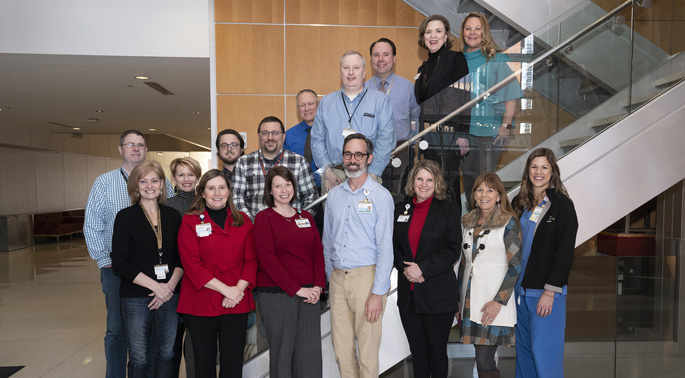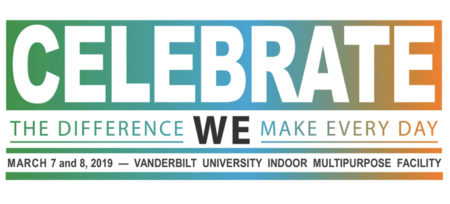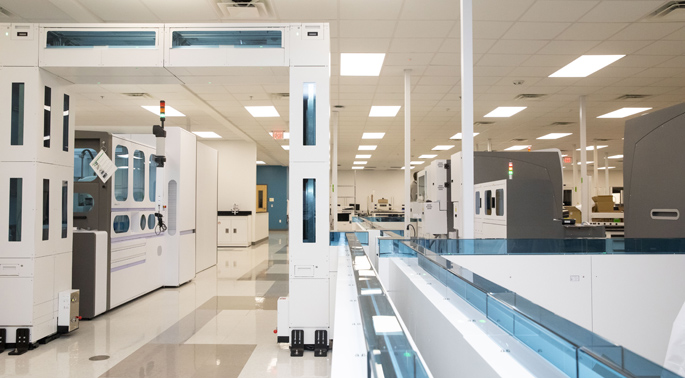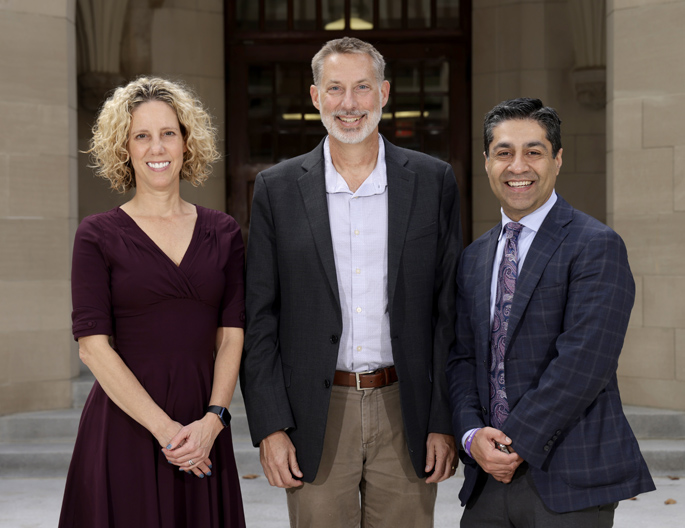
Following a massive initiative that changed how every lab sample is labeled and how those samples are matched to patients, critical results that guide patient care at Vanderbilt University Medical Center are returning to health care teams in about half the time it once took.
This means important decisions about diagnosis and treatment can be made more quickly, and patients potentially spend fewer days in the hospital once lab results are reviewed by care teams.
Nearly two years before the November 2017 launch of VUMC’s new electronic health record system known as eStar, a multidisciplinary team that grew to approximately 30 people began meeting weekly to hash out every detail of the change that impacted every inpatient and outpatient setting at Vanderbilt University Adult Hospital, Monroe Carell Jr. Children’s Hospital at Vanderbilt and Vanderbilt Behavioral Health.
Individuals on the team represented HealthIT, Nursing and Laboratory Operations. While everyone knew working through the change would be challenging, the realization that their efforts would directly improve patients’ health kept the team focused and determined to see the project through successfully, said Adam Seegmiller, MD, PhD, executive medical director of Clinical Pathology.
“There were obstacles that seemed insurmountable and some weighty decisions that had to be made, but we were always optimistic,” Seegmiller said. “We’ve known for a long time what the potential impact of this could be both from a patient safety and turnaround time standpoint.
“We quickly saw dramatic decreases in turnaround times for some of the core tests we do, and that is directly attributable to this project. It significantly shortens the process of getting a sample into the lab, tests performed and results returned to the clinical teams.”
And those improvements have been sustained, said Eileen Ricker, senior operations director for Diagnostic Labs. From November 2017 until November 2018, turnaround times for seven common laboratory tests decreased by an average of 53 percent for routine tests and 45 percent for stat orders (test results needed immediately to manage medical emergencies).
In addition, the number of rejected specimens declined 85 percent from a median of 240 per month prior to implementation of electronic positive patient identification (PPID) to a median of just 36 per month (March 2018 through December 2018).
Key project components were ensuring the electronic interface between the Cerner laboratory information system and the Epic health information system worked properly; training more than 4,500 nurses and others who collect samples on the labeling process; and making sure more than 600 label printers stationed throughout the Medical Center were working properly and were maintained, Seegmiller said. And none of it would work if any one of these components failed.
“Those of us in the lab and in HealthIT, we do this kind of stuff for a living; this is our day job,” he said. “But the participation of those nursing leaders who, I’m sure, had many other Epic-related things on their minds, was just incredible.”
“I can’t speak highly enough of this team, and even today, the relationships we formed during this process we’ll have forever,” said Ricker. “I’ve been here 11 years, and although we do things in teams, those teams are often still in silos. This is the first time I’ve been involved in such a cross-functional operations team, and it was just incredible.”
Collaborative groups such as the Lab-ready Labels Team will be celebrated during the Celebrate 2019 employee appreciation event on March 7 and 8.
Register now for Celebrate 2019 in the Learning Exchange. Search for “Celebrate2019,” and enroll in the specific session you are attending.















